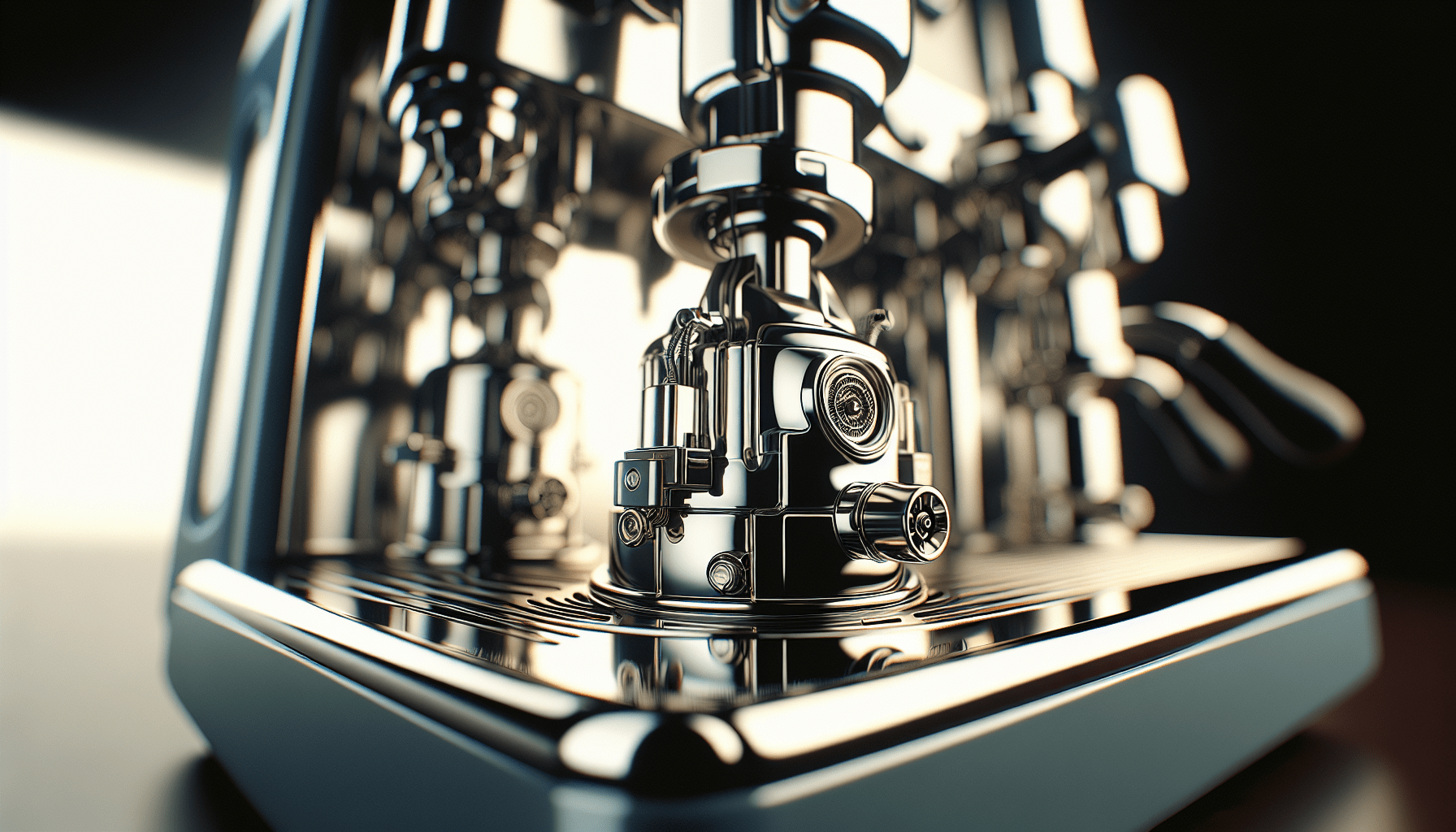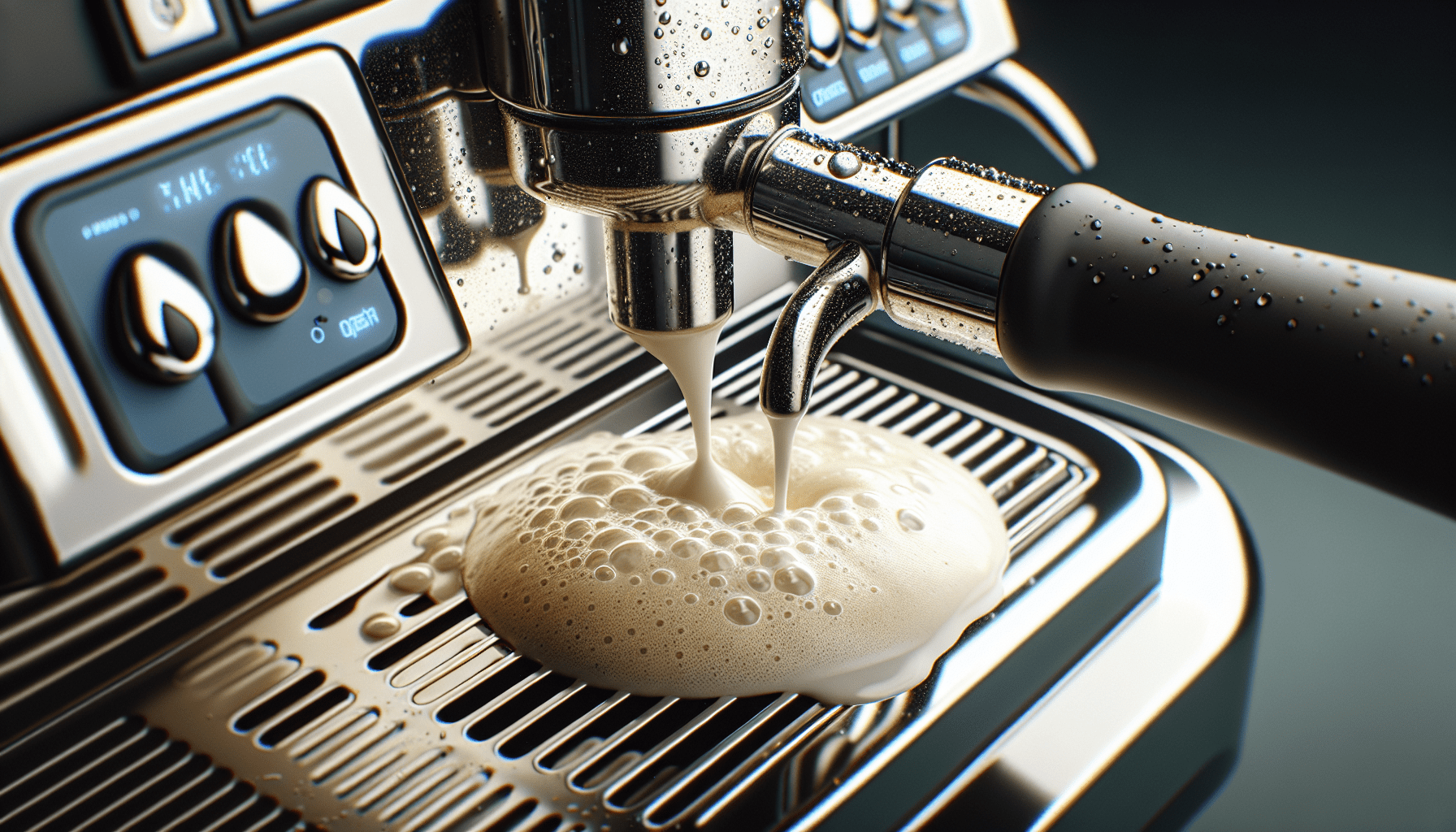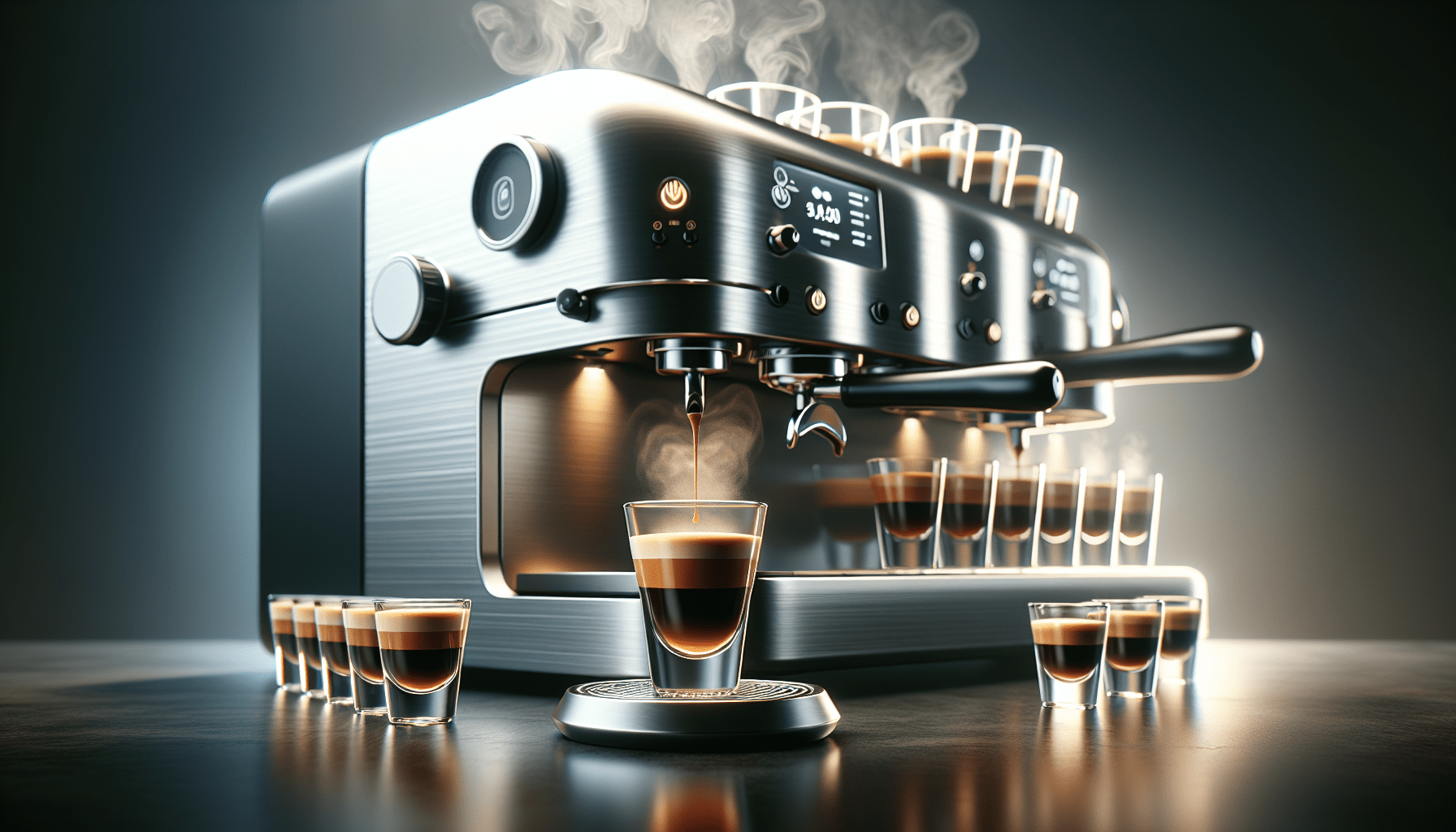So, you’ve just become the proud owner of a semi-automatic espresso machine and you’re eager to start enjoying the perfect cup of coffee right at home. But before you can start brewing your morning pick-me-up, you need to know how to prime the pump on your machine. Fear not, for this article will guide you through the process step by step, ensuring that you have all the skills needed to get that pump primed and ready for some delicious espresso. So grab your machine, put on a cheerful smile, and let’s dive into the wonderful world of pump priming!
Understanding the Pump on a Semi-Automatic Espresso Machine
What is the pump?
The pump on a semi-automatic espresso machine is an essential component responsible for generating the necessary water pressure to brew a perfect espresso shot. It is typically a small, motorized device that pushes water through the coffee grounds, extracting the flavors and producing a rich, aromatic beverage. Without a properly functioning pump, your espresso machine will not be able to deliver the desired results.
Why is priming the pump important?
Priming the pump is a crucial step in preparing your semi-automatic espresso machine for use. When the machine is left unused for an extended period or after cleaning, air might enter the pump, leading to airlocks or reduced water flow. Priming the pump helps to remove any air pockets, ensuring smooth water flow and optimal pressure during the brewing process. It also helps to maintain the longevity and performance of the pump, preventing any damage that can occur due to running the machine without proper water circulation.
Preparing the Machine for Pump Priming
Switching on the machine
Before you begin the process of priming the pump, make sure your espresso machine is switched off to avoid any accidental operation. Locate the power switch, usually found on the side or back of the machine, and turn it on. Wait for a few moments to allow the machine to start up and stabilize before proceeding to the next step.
Filling the water reservoir
To ensure a successful pump priming, it is crucial to have a sufficient water supply in the espresso machine’s reservoir. Check the water level and add fresh, clean water if needed. Ensure that the water level is above the minimum mark but does not exceed the maximum limit indicated by the manufacturer. A proper water level guarantees the pump has enough water to prime itself effectively and eliminates the risk of running the machine dry, which can potentially damage the pump or other components.
Priming Process
Understanding the priming process
Priming the pump is the process of removing air and establishing a continuous flow of water through the machine’s system. It kickstarts the water pump, ensuring the water flows through the brew head and steam wand without disruptions. Priming the pump is necessary whenever the machine is first set up, after a long period of inactivity, or if you have recently cleaned your espresso machine.
Step-by-step guide to priming the pump
- Turn on the machine and allow it to warm up for a few minutes.
- Check the water level in the reservoir and ensure it is filled to the appropriate level.
- Position your cup or container under the brew head to catch any excess water.
- Activate the pump by initiating the brew cycle without any coffee grounds in the portafilter. This will allow water to flow through the system and remove any air bubbles.
- Let the water run until a steady stream is visible from the brew head, indicating that the pump is fully primed.
- Turn off the brew cycle and discard the water collected in the cup or container.
- Your espresso machine is now primed and ready for use. Proceed with brewing your favorite espresso beverages.
Troubleshooting Common Issues
No water flow during priming
If you experience no water flow during the priming process, there may be a few factors causing this issue. Firstly, check if the water reservoir is filled to the appropriate level and properly inserted into the machine. Additionally, ensure that the water intake tube is not blocked or clogged. If the problem persists, consult the manufacturer’s manual or seek professional assistance.
Low water pressure or weak flow
If you notice low water pressure or a weak flow during the priming process, it could be due to a blockage in the machine’s internal components. Check if the water intake tube, brew head, or steam wand are clear from any debris. Clean them thoroughly if necessary. If the issue persists, consider descaling the machine as mineral build-up can impede water flow.
Excessive noise during priming
Excessive noise during the priming process can indicate an issue with the pump or other internal components. It might be a sign of airlocks or a malfunction within the machine. In such cases, it is advisable to contact the manufacturer or a professional espresso machine technician to diagnose and resolve the problem.
Tips and Precautions
Regular maintenance and cleaning
To ensure the smooth functioning of your semi-automatic espresso machine’s pump, regular maintenance and cleaning are essential. Follow the manufacturer’s guidelines for cleaning and descaling the machine. Keeping the water reservoir clean and free from any debris or impurities is particularly important for the longevity of the pump.
Precautions while priming
While priming the pump, it is crucial to be cautious and follow the recommended steps accurately. Always ensure the brew cycle is activated without coffee grounds in the portafilter to prevent any blockages. Use a cup or container to catch any excess water during the process to avoid it spilling onto your countertop.
Avoiding air pockets in the water line
To minimize the chance of air pockets forming in the water line, it is advisable to use your espresso machine regularly. If you anticipate a period of inactivity, such as when going on vacation, it is recommended to prime the pump beforehand and then release a small amount of water periodically to maintain water circulation. This will prevent air from entering the pump and causing potential issues in the future.
FAQs
How often should I prime the pump?
It is recommended to prime the pump whenever your semi-automatic espresso machine has been idle for an extended period or after cleaning the machine. This helps to ensure optimal water flow and pressure during brewing.
Can I prime the pump with other liquids?
No, it is crucial to prime the pump only with clean, fresh water. Using other liquids may damage the pump or affect the taste of future brews. Stick to water for the priming process to maintain the integrity of your espresso machine.
What do I do if the pump does not prime properly?
If the pump does not prime properly despite following the correct priming process, you may need to consult the manufacturer’s manual for specific troubleshooting instructions. If the issue persists, it is best to seek professional assistance from an espresso machine technician or contact the manufacturer’s customer support for further guidance.



